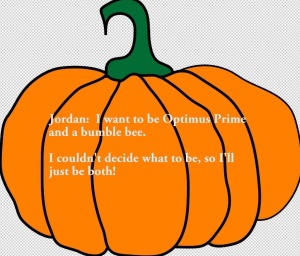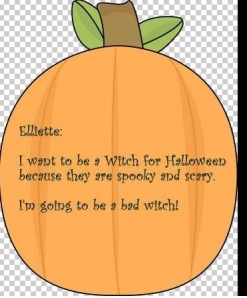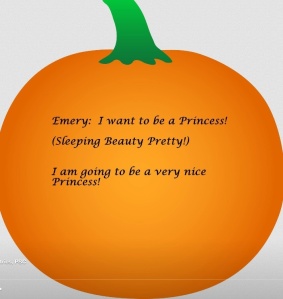It’s getting warmer out and most children are ready to get on their bikes and go for a spin! Here are some useful tips from the AAP (American Academy of Pediatrics) to ensure you do not start your spring off with a trip to the E.R.
A bicycle of the wrong size may cause your child to lose control and be injured. Any bike must be the correct size for the child for whom it is bought.
To keep your child safe, the American Academy of Pediatrics (AAP) recommends the following tips:
•Do not push your child to ride a 2-wheeled bike until he or she is ready, at about age 5.
•Take your child with you when you shop for the bike, so that he or she can try it out. The value of a properly fitting bike far outweighs the value of surprising your child with a new bike.
•Buy a bike that is the right size, not one your child has to “grow into.” Oversized bikes are especially dangerous.
•How to test any style of bike for proper fit:
◦Sitting on the seat with hands on the handlebar, your child must be able to place the balls of both feet on the ground.
◦Straddling the center bar, your child should be able to stand with both feet flat on the ground with about a 1-inch clearance between the crotch and the bar.
◦When buying a bike with hand brakes for an older child, make sure that the child can comfortably grasp the brakes and apply sufficient pressure to stop the bike.
•A helmet should be standard equipment. Whenever buying a bike, be sure you have a Consumer Product Safety Commission (CPSC)-approved helmet for your child. See Bicycle Helmets: What Every Parent Should Know for more information.
•Consider the child’s coordination and desire to learn to ride. Stick with coaster brakes until your child is older and more experienced.



